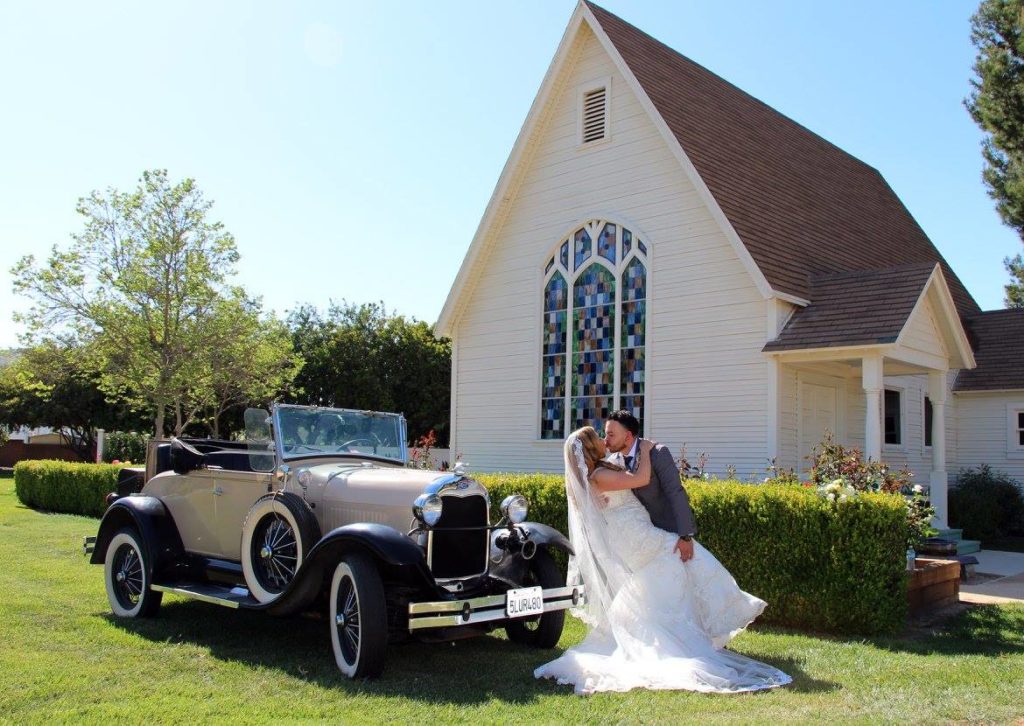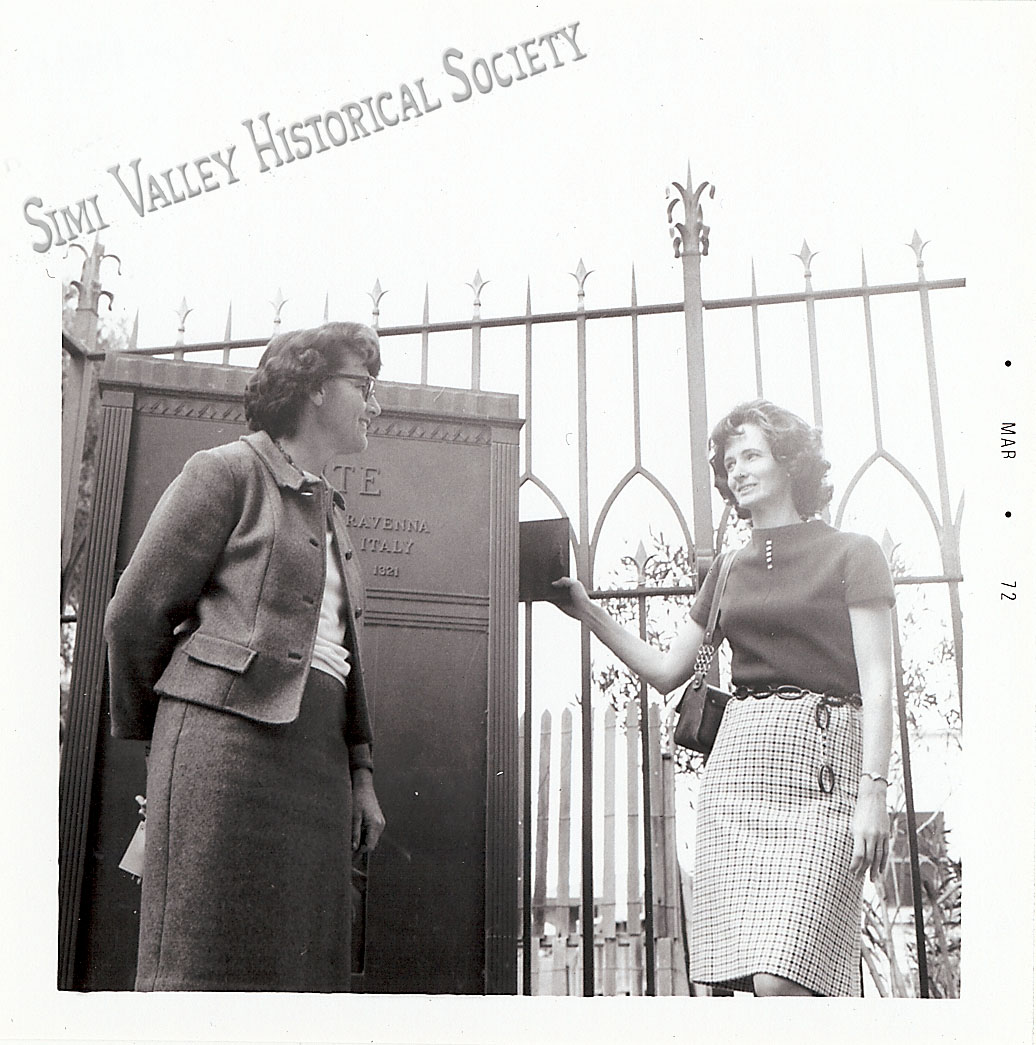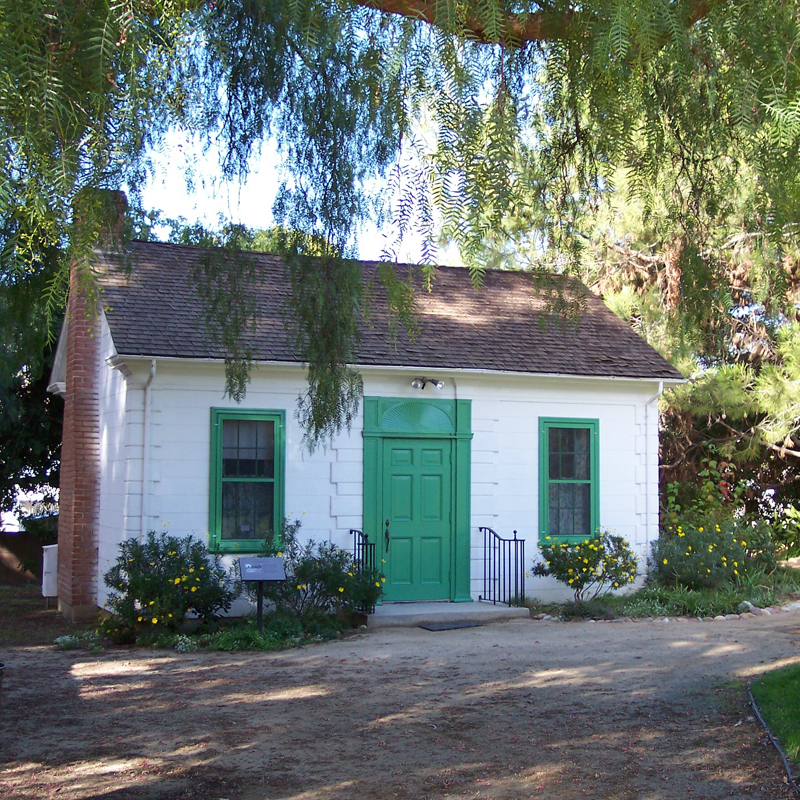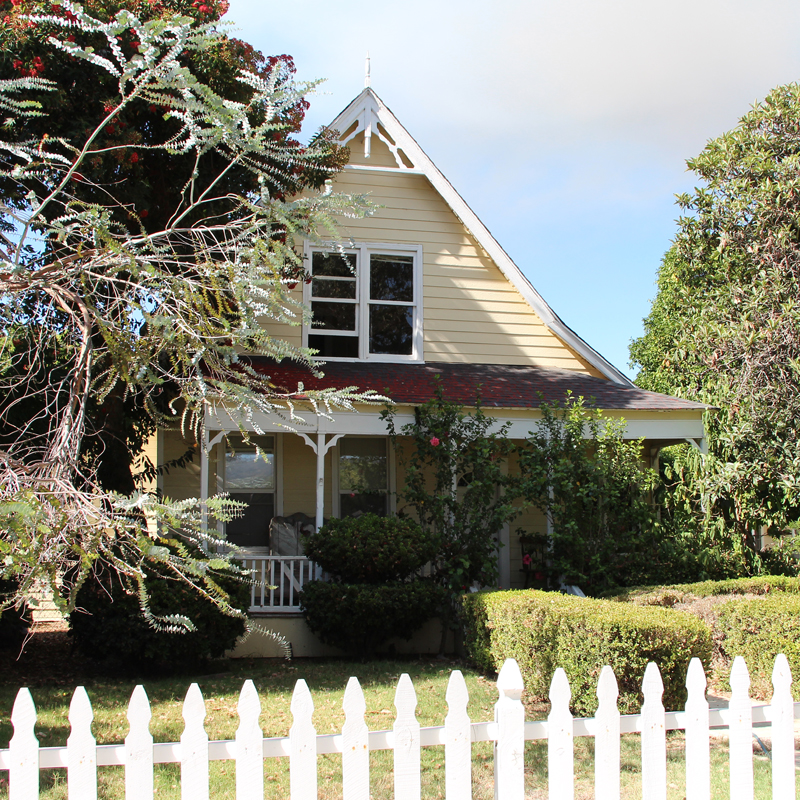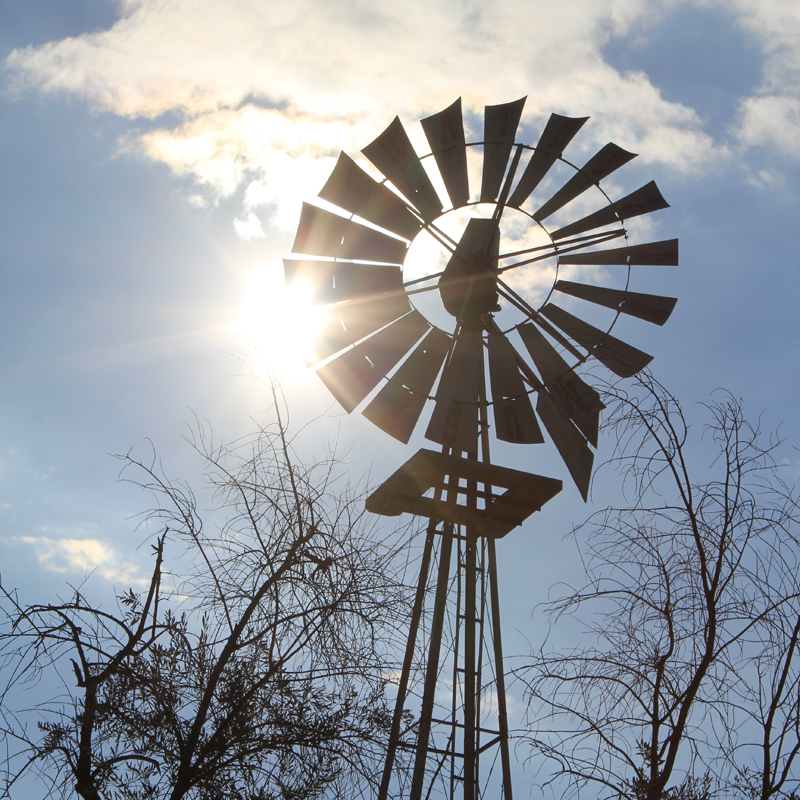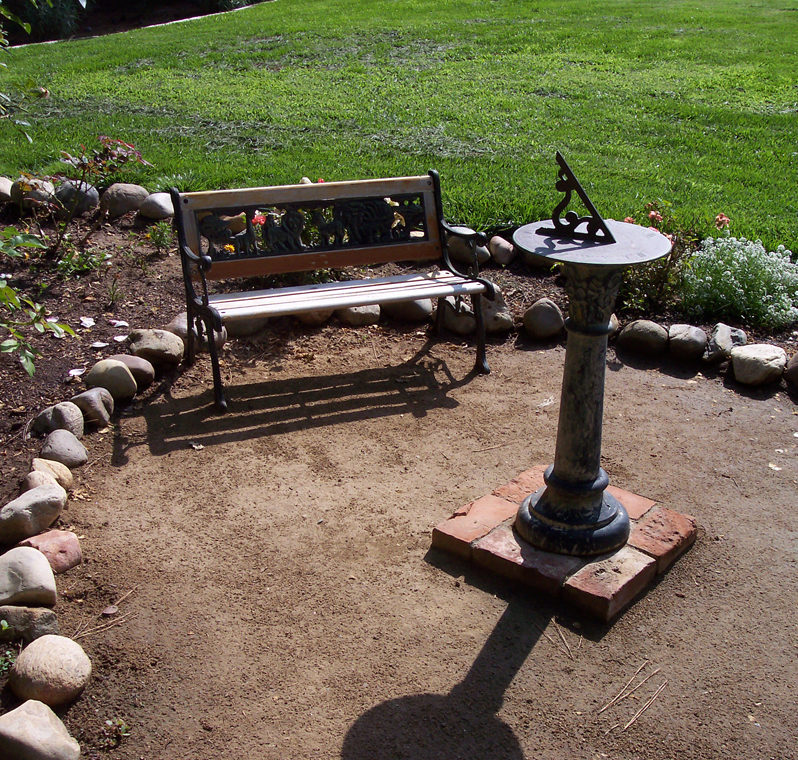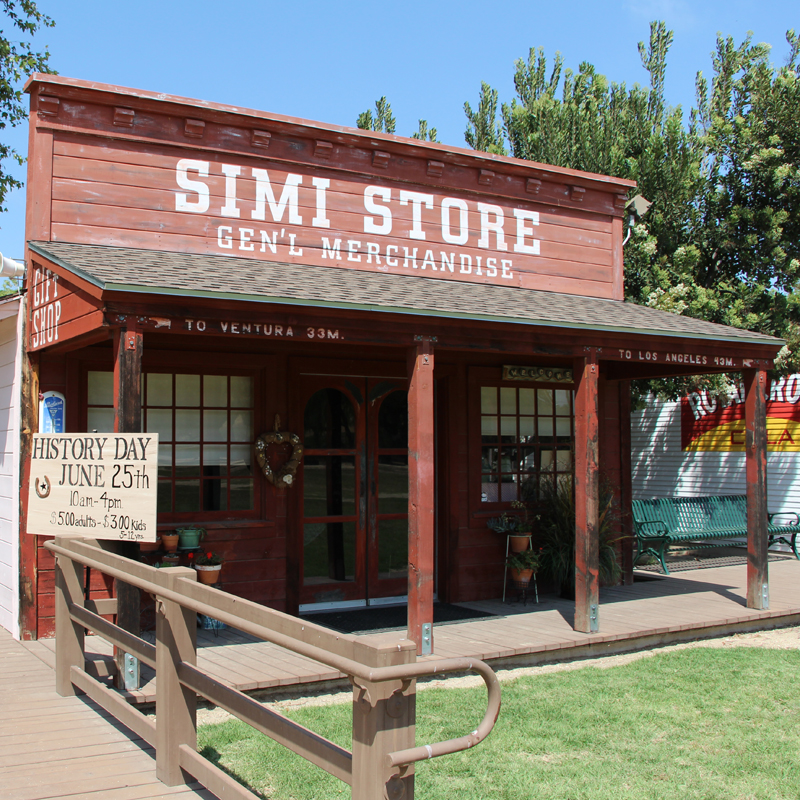EARLY WORSHIP IN THE SIMI COLONY
(Built as a Presbyterian Church in 1902)
School and church were the basis of most community activities from the beginning of the Simi Colony. At first, they met in homes, or else they traveled long distances to wherever there might be a preacher to conduct services. There were no Catholic services.
A community Protestant church held services in one of the Colony Houses that also housed the school for the first year or two until a proper school building could be built (1890). That tiny little Colony House at Second and Pacific served until a new church was finally built in 1913. The church was almost always served by Methodist pastors.
Doctrine differences were very important in those days. The Presbyterians formed a congregation in 1898. They tried valiantly to hold separate services and by 1902 they were able to build this small church building at Third and Pacific. The lot was donated by Thomas Bard. However, neither church could afford a full time preacher, so everyone tended to go to which ever church had a minister that day! By 1908 the Presbyterians gave up hope of having a separate church and went back to the community church in the old Colony House.
Not long afterward this small building became the home of the Catholic congregation. Juan E. Camarillo’s June 19, 1910 diary entry states: “Roberto and I left very early for Simi in the buggy. The Mass was said in the old Presbyterian Church and it was just crowded to the door. I acted as usher, and Roberto served for Father Laubacher. The choir did themselves proud today…” On October 23, Juan again wrote about going to church at Simi with Adolfo (his brother) and family in the Auto, and afterward, they went to “Mrs. Gillibrand’s place in the Tapo.”
By 1912, the Diocese of Monterey-Los Angeles bought the building and in 1913 it was dedicated as a mission church of Santa Ciara Church in Oxnard. In 1921, St. Rose became a parish.
The Ferrer family donated a bell, which was added several years later.
In the 1940s the old 60-occupant building was enlarged to seat 160. Eventually, just before the new 900-seat church on Royal Avenue was ready in 1964, the worshippers spilled out onto the sidewalks outside.
The church building was purchased from the diocese by Armando and Ramona Banaga. After 40 years, it was purchased by the park district and moved to Strathearn Historical Park and Museum in 2002. The restoration on the church was completed in 2007.



